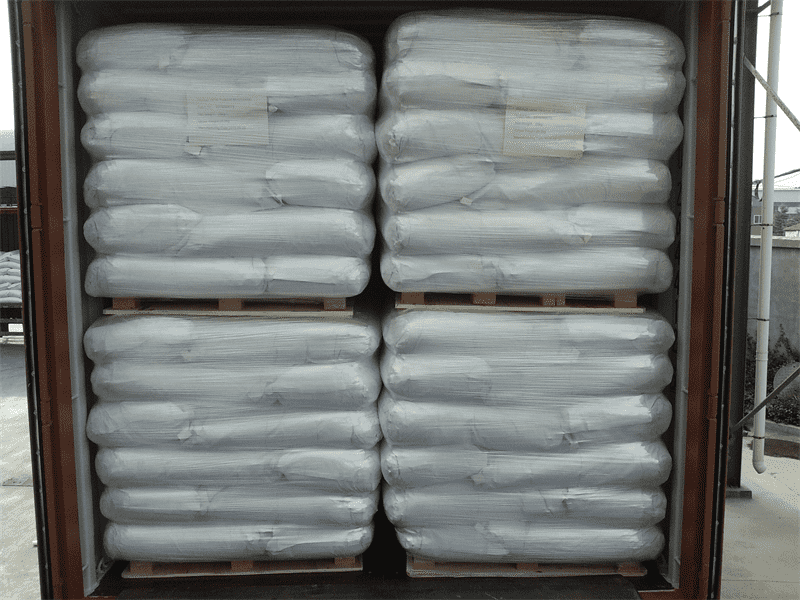The use of hydroxypropyl methylcellulose (HPMC) as a thickener in putty mortars has been a game-changer for the construction industry. HPMC is a water-soluble polymer that has many advantages in enhancing the performance of putty powder. This article will explain the thickening effect of HPMC in putty mortars and why it is of vital importance to the construction industry.
Putty powder is a popular building material used to smooth surfaces such as walls and ceilings. It is made by mixing gypsum powder, talc and other fillers with water. Putty powder is also known as joint compound, plaster or mud. Applying putty powder before painting or wallpapering is essential as it provides a smooth surface for the final finish to adhere to.
The biggest challenge with putty powder is its consistency. It tends to be thin and difficult to apply and control. This is where HPMC comes in. When added to putty powders, HPMC acts as a thickener, improving the texture and consistency of the mixture. It enhances the adhesion and cohesion of the mortar, making it easier to apply and control, reducing material waste.
HPMC has excellent thickening properties and can absorb a large amount of water to form a gel-like substance. The type and concentration of HPMC used can determine the degree of thickening. HPMC is also pH dependent, meaning its thickening effect varies depending on the acidity or alkalinity of the mixture.
In addition to thickening, HPMC has other important functions in putty powders. It reduces the water content in the mix and increases the strength of the finished product. It also acts as a surfactant, reducing the surface tension of the putty powder. In turn, this results in better and more complete coverage of the surface being treated.
Another significant advantage of using HPMC in putty powders is its ability to improve the workability of the mixture. HPMC has excellent rheological properties, which means it can control how the mixture behaves when applied. It ensures that the putty mixture flows smoothly, spreads easily, and does not sag or drip during application.
There are also environmental benefits to using HPMC in putty powders. HPMC is a renewable and biodegradable material, which means it breaks down naturally after use. This is in stark contrast to some synthetic materials that can leave harmful residues and pollute the environment.
Putty powders made from HPMC are consistent in texture and thickness, resulting in a better looking surface. It provides a smooth, even surface, reducing the need for additional sanding and filling. This means cost savings and faster completion of construction projects.
In summary, HPMC is a key ingredient in putty powders to achieve the desired consistency, strength and workability. Its thickening and rheological properties make it an excellent material for the construction industry, improving work quality and efficiency. As a renewable and biodegradable material, HPMC also has environmental benefits. Its addition guarantees the smooth, even surface finish essential in any building project.
Post time: Jul-04-2023

